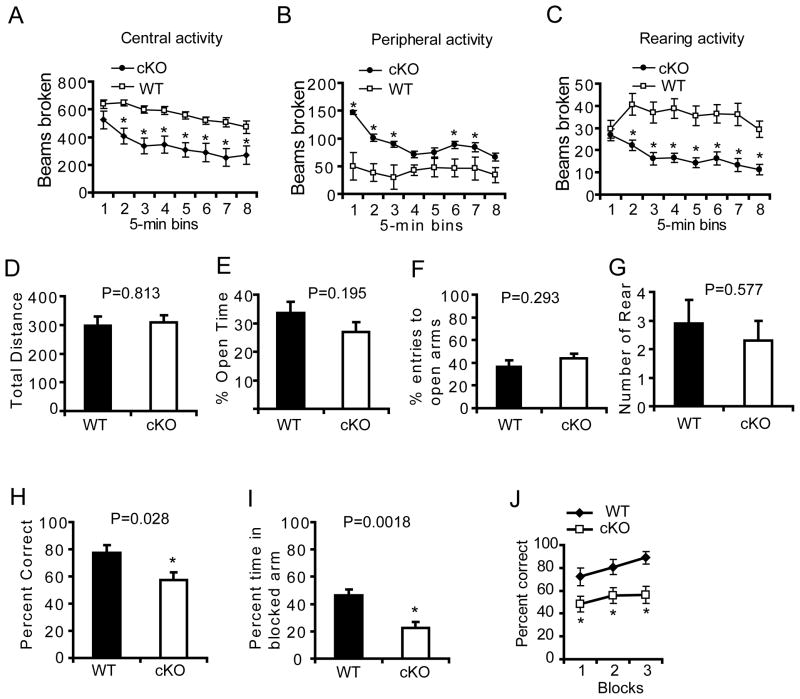Figure 7. Thorase is required for spatial working memory.
(A, B, and C) Open field assessments in Thorase conditional knockout mice (cKO, ThoraseFlox/Flox, iCre +, n = 20) versus WT littermates (WT, Thorase+/+, iCre +, n = 19, mean ± S.E.M).
(A) Central activity.
(B) Peripheral activity.
(C) Rearing activity. Significance between cKO and WT mice was determined, *p < 0.05, two-way ANOVA.
(D, E, F and G) Elevated plus maze testing in cKO versus WT littermates. No significant difference as determined by a Two-way ANOVA was found between cKO and WT (mean ± S.E.M).
(D) Total travel distance.
(E) Percent time in open arms.
(F) The percentage of entries into open arms.
(G) Number of rears.
(H) Mean percent correct spontaneous alternation ± S.E.M for cKO (n = 8) or WT (n = 9) mice in a Y maze, *p < 0.05, Student’s t-test.
(I) Mean percent time ± S.E.M. spent in a previously blocked arm in the first 2 minutes during the second acquisition phase of the Y maze, *p < 0.05, Student’s t-test.
(J) Mean percent correct rewarded alternation ± S.E.M for Thorase cKO (n = 8) and WT (n = 9) mice during spatial non-matching to place testing on the elevated T maze, *p < 0.05, two-way ANOVA with Tukey-Kramer post-hoc test.
See also Figure S5.

